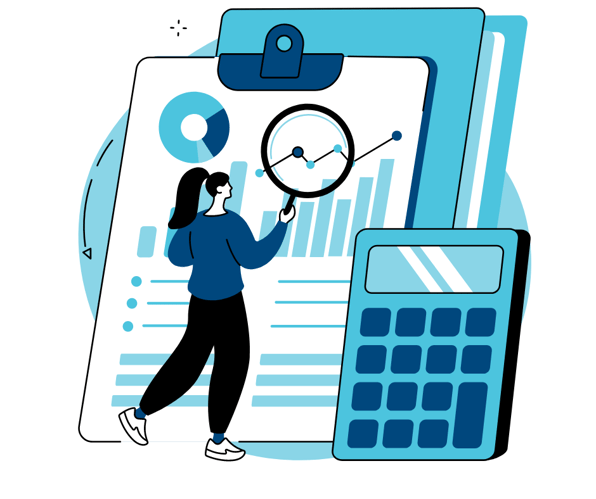
Post-purchase experience: informing your clients to build loyalty

The better the shopping and delivery experience with an e-commerce website, the higher the likelihood that customers will shop there again. All of this can be achieved by providing relevant and appropriate information at the end of the sales funnel.
Key challenge: informing customers at the right time
The relationship of trust is paramount in e-commerce. The buyer chooses a product, gives their personal details (name, surname, postal and billing address...), and provides payment information (PayPal account, credit card number...). In short: they are in control. But once they have completed the order and made payment, they lose that control and await delivery.
The customer needs to be consistently reassured throughout their entire user journey with the online shop. They want to know the status of their order, how long it will take to receive it, where the package is at any given moment. If these questions are not answered promptly, they can become a source of concern and even distrust towards the e-retailer. The concept of reassurance is based on the e-tailer's ability to reassure the customer and to reduce their doubts in the merchant's ability to deliver the product in good condition and on time.
There are several factors which may justify the need for the reassurance approach:
- Product value A smartphone, a laptop, a piece of jewellery... Nothing (or little) to worry about when you leave a shop with it, but when it comes to delivery... Will the product arrive in good condition? Could it be stolen?
- Product expiry date Cheese, meat, fruit, vegetables... As these products are perishable, how can you be sure that they will arrive in time before their use-by date? Will the cold chain be maintained?
- Order bulk A piece of furniture, a bicycle... all these items take up space. The carrier must manage the delivery of the package without damaging it.
- The urgency Products advertised for delivery within 24 hours must be delivered within 24 hours.
- Affect This is much more subjective than the other criteria. A product may have a particular significance for the customer, irrespective of its price. For example, it could be a piece of clothing that a customer wants to receive as soon as possible.
Reassurance begins on your website...
Customer reassurance involves providing clear and accurate information on the site before any order is completed. This includes the following information on a webpage:
- product packaging: bubble wrap, secure and/or neutral shipping box, polystyrene chips, air pillows, etc. This type of protection, which reassures the consumer, should be mentioned.
- details of the shipping process: How long does the e-commerce site take to process the order? How many hours or days to prepare it? And to ship it? At what price? This information must be available at the beginning of the checkout process.
- the touchpoints that will inform the customer of the status of their order: customer service telephone number, e-mail address, a specific site, etc., while making sure that the customer never has to use them!
... and continues from order to possession.
Although there are no hard and fast rules, and communication with the customer must be adapted for each e-tailer, there are situations in which communication is useful, if not essential.
1/ Shipment This information, sent by e-mail, should include the list of products ordered, the terms and conditions and the expected delivery date, as well as a link to the order details in the customer area of the online shop. Ideally, clicking on this link will display details about the order processing and delivery.
2/ Delivery pending It can be requested, e.g. delivery to a collection point, or imposed because the addressee was absent at the time of the first delivery attempt to the home address and the parcel is diverted to a collection point. In this situation, the customer must be given as much information as possible, specifying, for example, the collection point where the package can be picked up, its opening hours are, etc. This is still applicable even if the carrier has already provided some of this information.
Ces articles pourraient vous intéresser


10 best practices to improve your post-purchase communication
Once payment of online order is made, there will be a rupture between you and your customer. In...

E-logistics: how to control costs and optimise your transport budget?
As an e-tailer, you regularly ship orders. You are certainly aiming to control your flows and...
